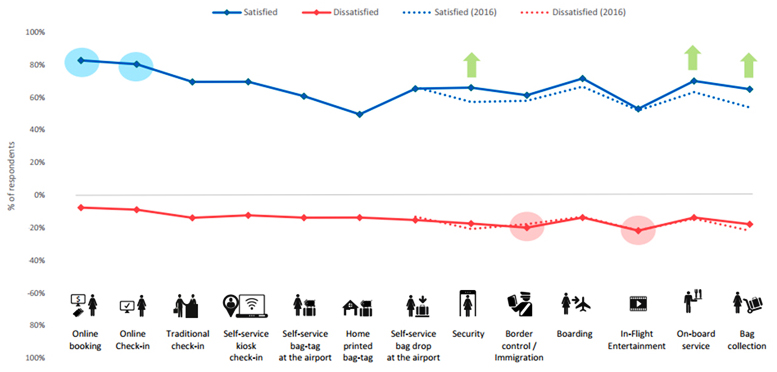
Improve Passenger Experiences of Airlines Facing Future
May 11, 2018 - All
Introduction and Goals
As a continuation of my previous topic visualization of global flight networks, I decided focus on improving the customer (user) experiences of airline companies in my final project, which is also the project goal. As I mentioned before, If you used to have the experience flight 19 hours of a long distant flight, you will notice that how bad experience when you sit on an airplane seat: a coach class seat can be a chair of torture. Obviously, the aeronautical chairs will directly affect passenger comfort, convenience and cost. However, based on the human factors design perspectives, designers who working on the seats design should improved the shape and functions of the seats, especially find the angle that people could feel comfortable when they could not move for a long time.
UX Research
Everyone cannot escape the flight experiences in personal life, especially people have a busy schedule in regard of the international cooperation abroad. We are all customers (users), so say, passengers. Airplane customers are demanding more from their airports than ever before. According to the International Air Travel Association (IATA), the trade association of the world’s airlines, headquartered in Montreal Quebec, Canada with Executive Offices in Geneva, Switzerland, announced 3.6 billion people are expected to take to the skies in 2016, expanding by an average of 5.3% as aviation market grows rapidly. As we know, airports are vital pieces of national infrastructure: they cost billions, and can take decades to design and deliver. We expect them to meet the day to day needs of millions of customers, operate reliably, and survive changing climate conditions, whilst providing a return on investment for their owners and operators. So how will airports evolve to satisfy the need of their users? At the same time, to become more efficient operations to deal with more passengers, higher cost of land and a demand for better retail experiences?
 Figure. 1. Global Passenger Satisfaction throughout the Customer Journey.
Figure. 1. Global Passenger Satisfaction throughout the Customer Journey.
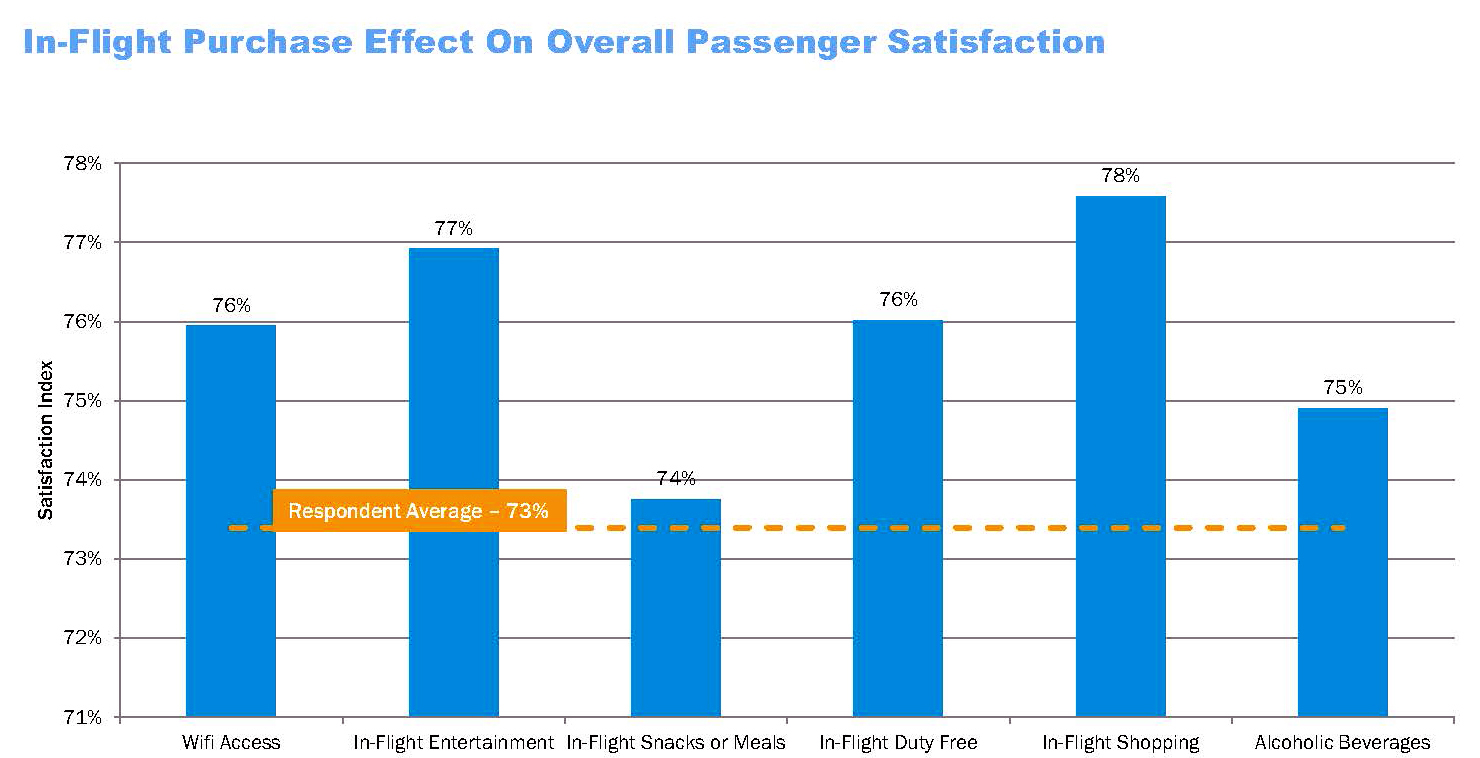 Figure. 2 In Flight Purchase and Satisfaction.
Figure. 2 In Flight Purchase and Satisfaction.
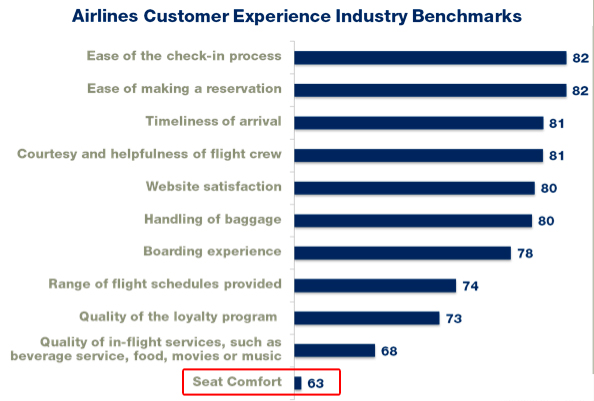 Figure.3 Airlines Customer Experience Industry Benchmarks.
Figure.3 Airlines Customer Experience Industry Benchmarks.
As you can seen from the UX customer journey map and information chart, most people in flight very satisfy with online booking and check-in systems, which developed very well as the customer experiences we get today. The most dissatisfied part of the flight journey are listed as follow: with the border control, in flight entertainment, baggage collection and the flight seats.
Kathleen Robinette, who’s studied human body measurements for the U.S. Air Force for three decades, pointed out that the seat is the main problems when people travel. Since Robinette’s first airline seat study for NASA and the FAA in 1978, she has a different perspective when she boards an airliner. “I always see all kinds of arms hanging out into the aisles. That means the seats are too narrow, and there’s nowhere for the shoulders and arms to go except into the aisle because there’s not enough room in the seat.” When “you keep getting your arm whacked by the cart as it comes down the aisle,” don’t feel guilty, she says. It happens to everybody. “And it’s because of the seats.”(CNN.com)
Figure.4 Leg Up, Tray Table Down (Bland Designs).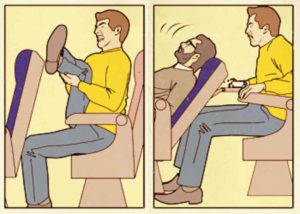
The airplane seats are soft and supple. However, the problem is when people sit on it in a long time; the airplane chair could not perfectly fit the body so well. The user might need a back cushion or an air pillow to fill the space between neck and seat. The other thing is economy airplane seats could bend but just in a small angle, or just a little bit inclined. So when people sit on it in a long time, they will keep in one posture and could not stretch their body as well. Their leg and feet might be numb and dropsy because the circulation of the blood is not unimpeded.
The markets and users of airplane seats is people who travel with the plane, as known as the passages in an airline company. The users group is people who take planes from all over the world. Therefore, there is a big market for the air seat improvement design. The design solution could focus on the seat angle and materials, which means that if the chair could bend in a perfect angle, or the new material of the seat could fit people’s any movements or postures, it might be solve those people’s uncomfortable. Meanwhile, hopefully there will come out a new way of solution based on the human factor perspective for the design in the near future.
Findings
Based on the strategic technology criteria and design mode, I found that in order to further enhance the analyzed service or experience’s value to users, based on creative design method and technology strategy, we need not only focus on problem solving, but also consider the marketplace as well as users experiences. The main strategy of design that starts with the people you are designing for and ends with new solutions that are tailor made to suit their needs.
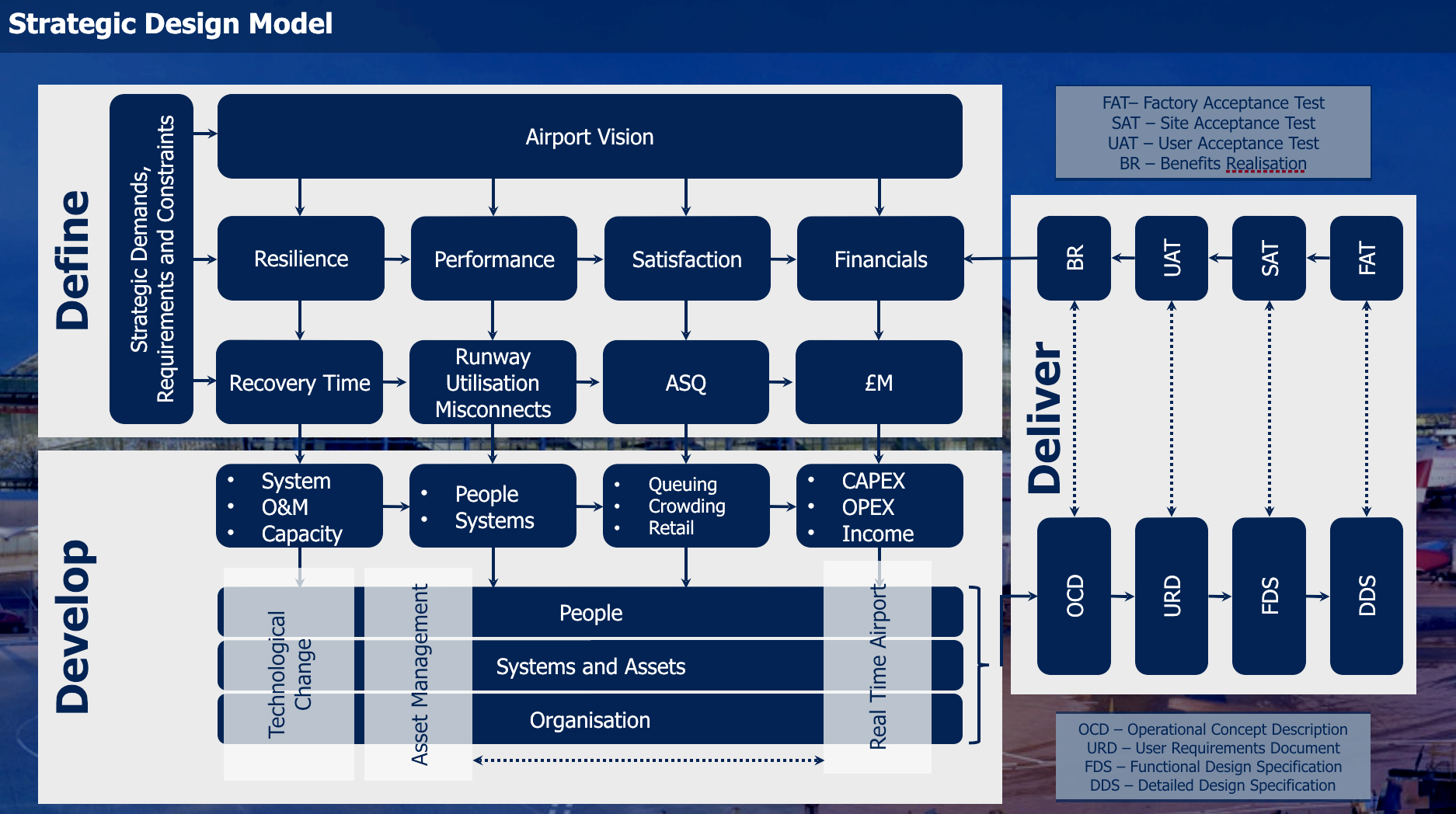 Figure.5 ARUP Airport Strategic Design Model.
Figure.5 ARUP Airport Strategic Design Model.
Recommendations
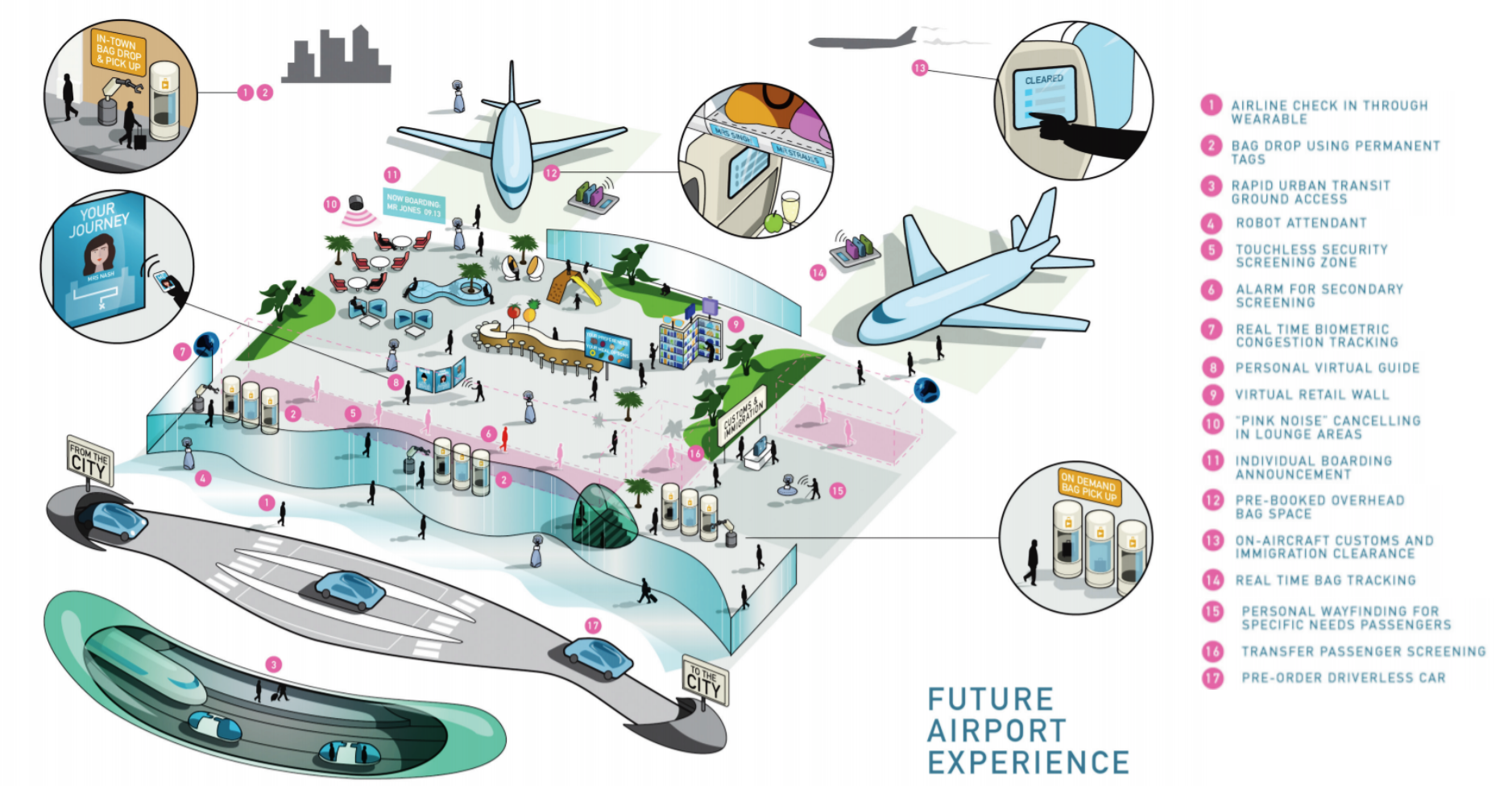
Figure.6 Future Airport Experiences Map.
Airports are large, complex beasts. According to the International Air Travel Association (IATA) reports, there are around 7,8000 people come to an airport to work each day. Therefore, it raises interesting large-scale design challenges if you want to improve the customer experience, from the airport to on the plane, including interior, equipment and flight service. The complete experience process of infrastructure to consider, as water, air, public health, internet, wireless spot, 30 miles of baggage transport capabilities, security, operational efficiency, and of course passenger experience, and so much more. It is also about building a deep journey with the people you’re designing for, using technology to changes the products and services. Each of those disciplines come with their own integral design language.
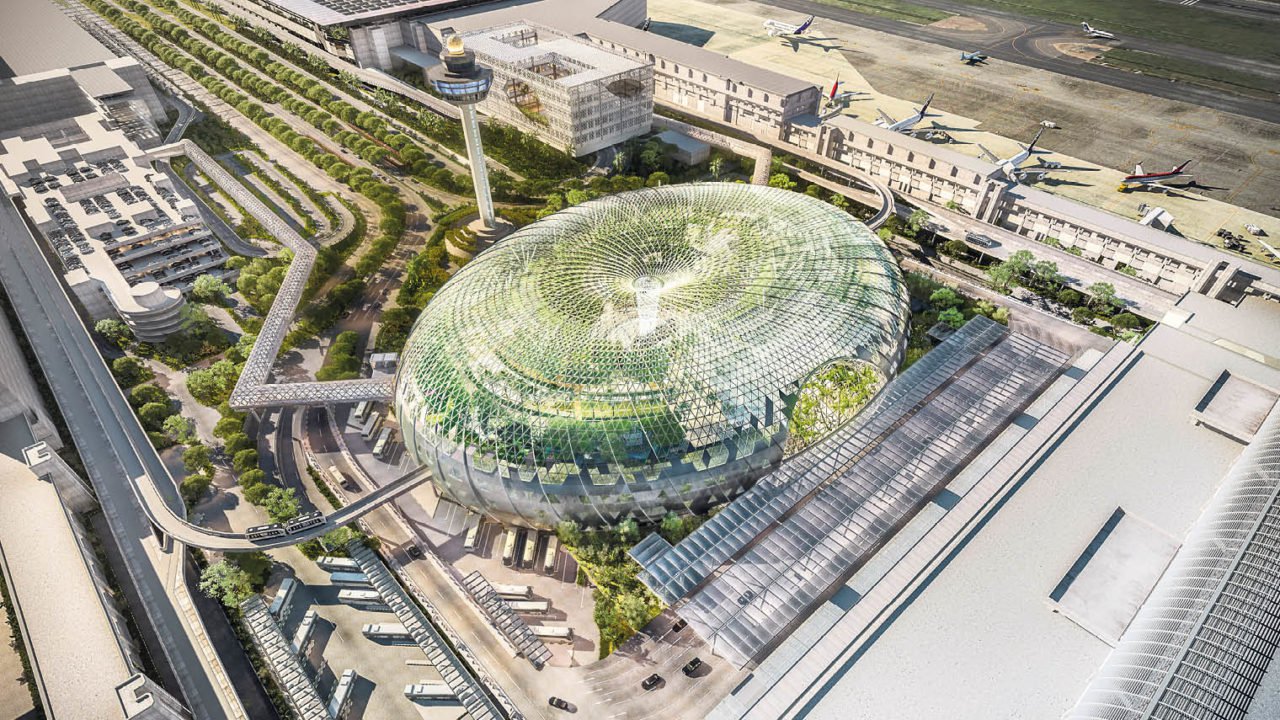 Figure.7 High-tech and Sustainability Airport Concept.
Figure.7 High-tech and Sustainability Airport Concept.
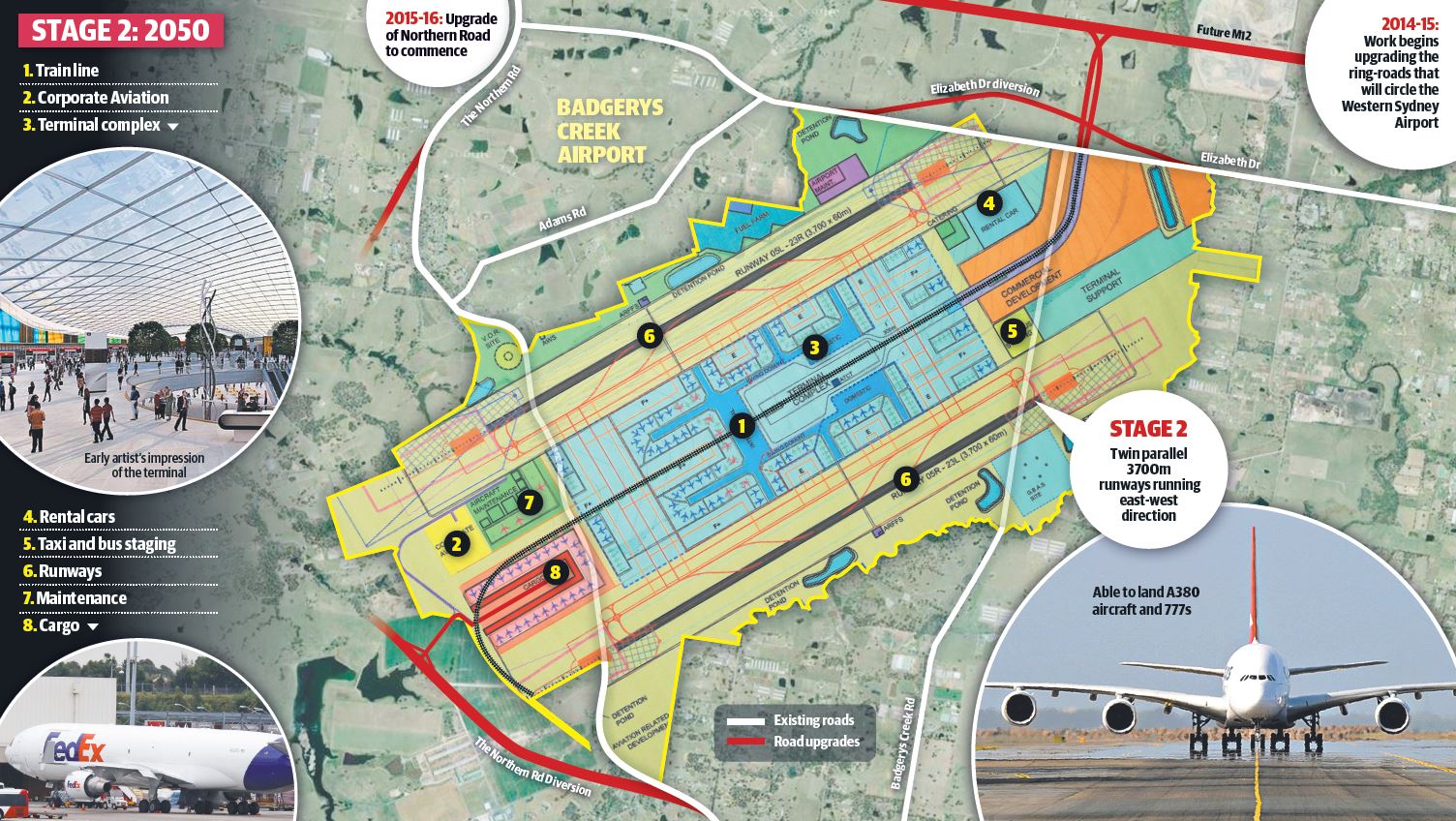 Figure.8 Into the future: How the airport will look in 2050
Figure.8 Into the future: How the airport will look in 2050
References
https://www.cnn.com
https://centreforaviation.com
https://www.dailytelegraph.com.au
http://www.iata.org
https://www.popsci.com
http://www.iata.org
The post Improve Passenger Experiences of Airlines Facing Future appeared first on Information Visualization.